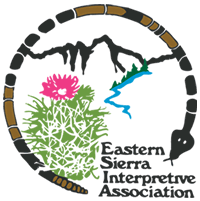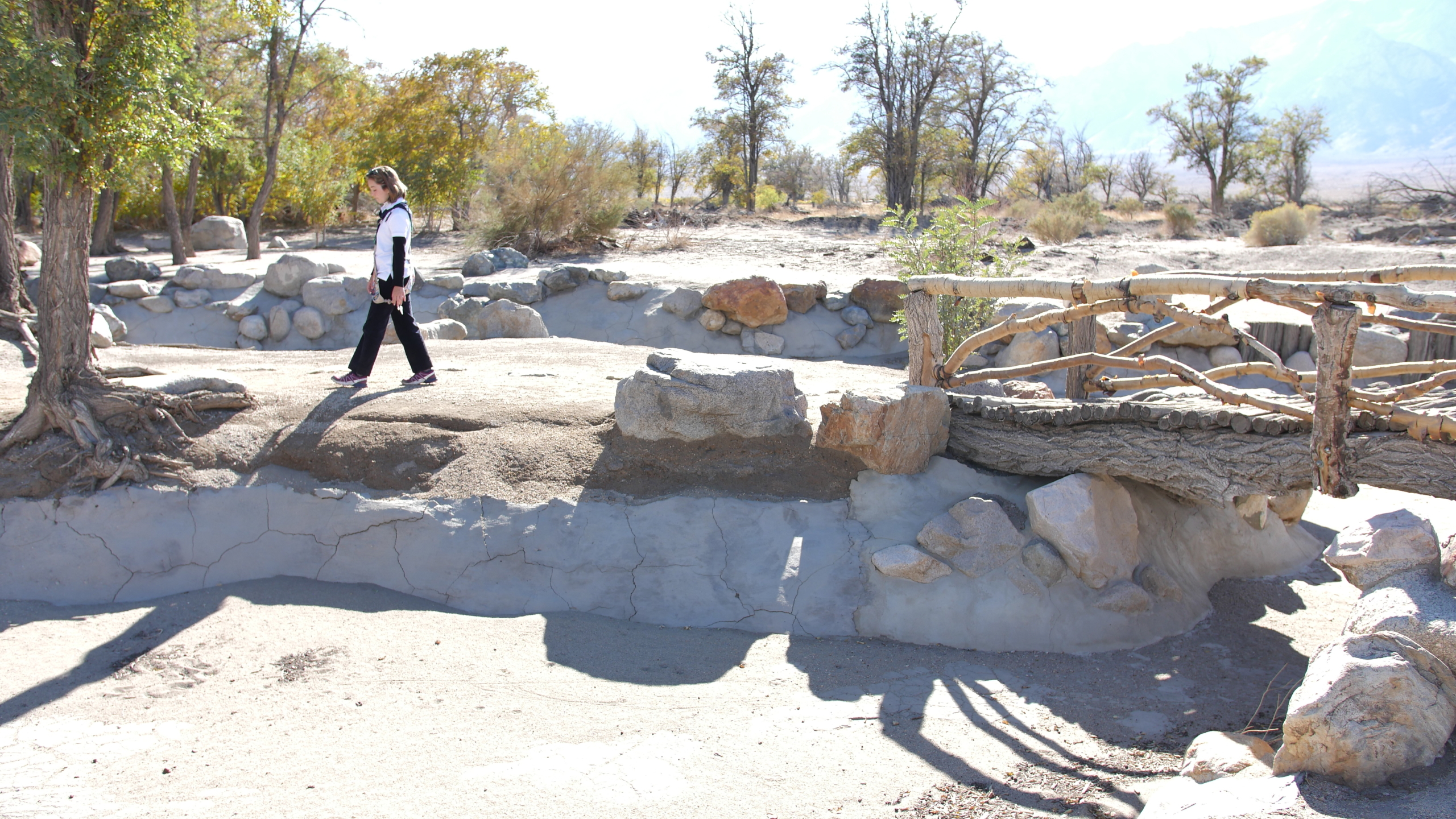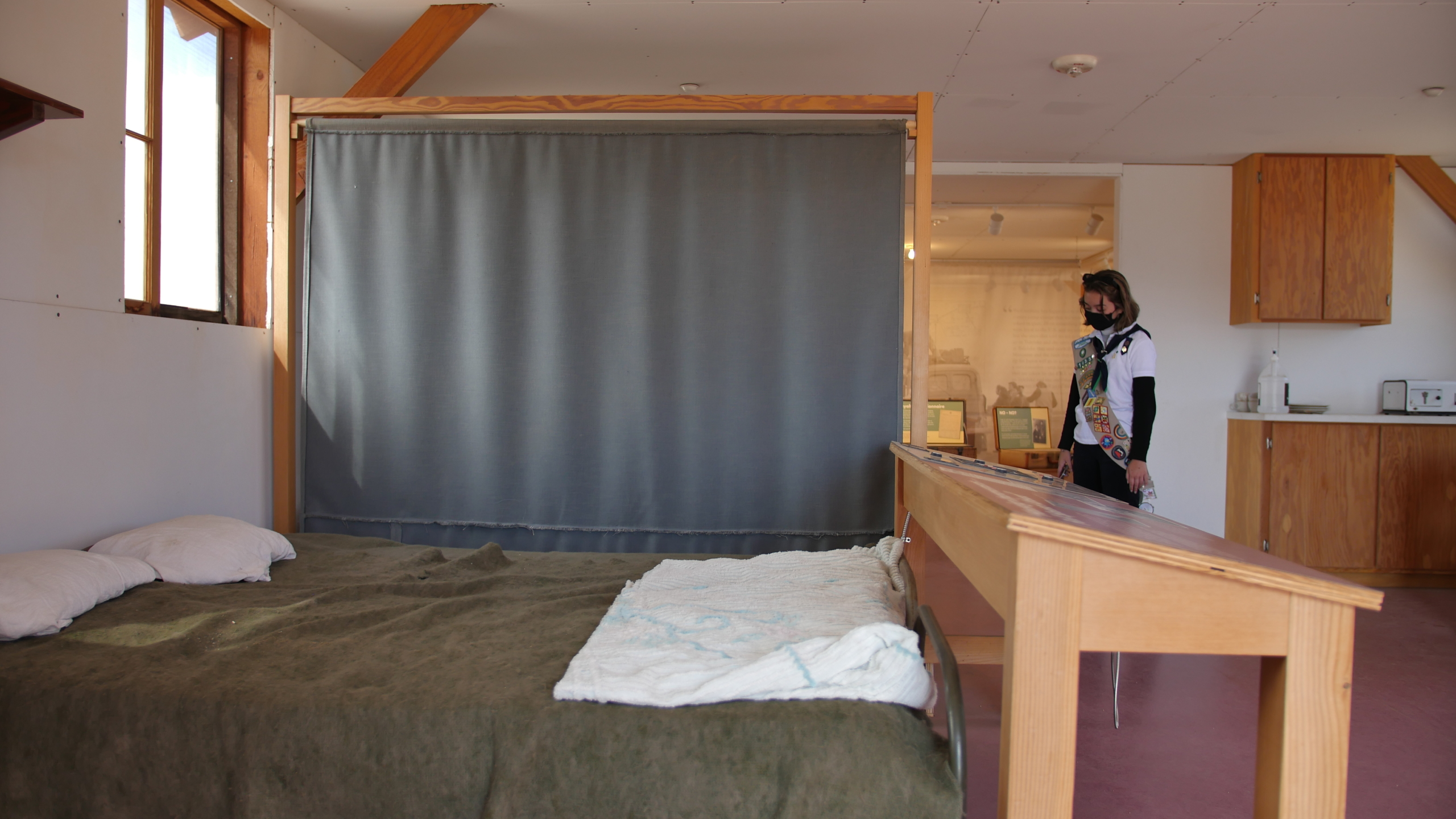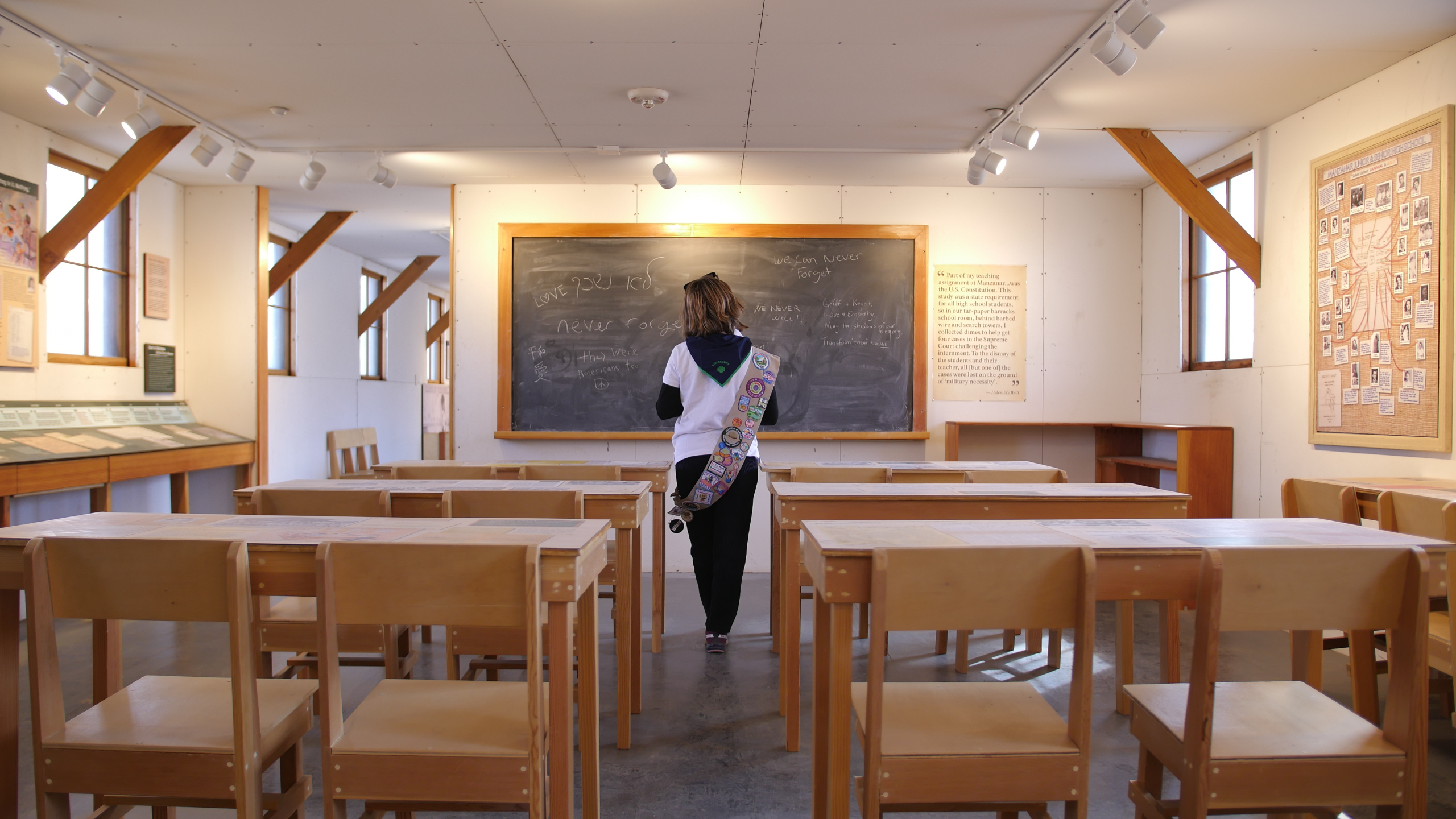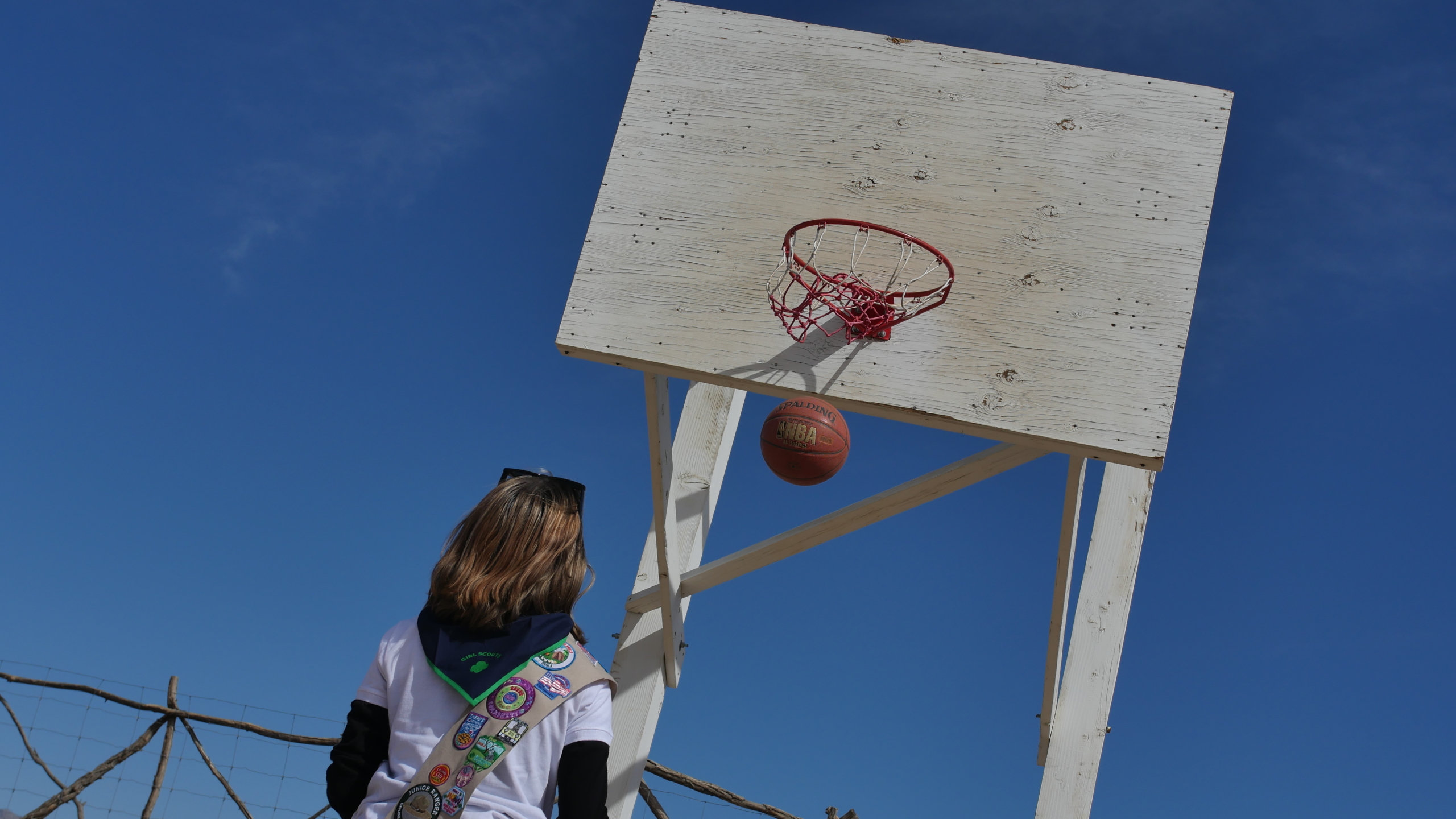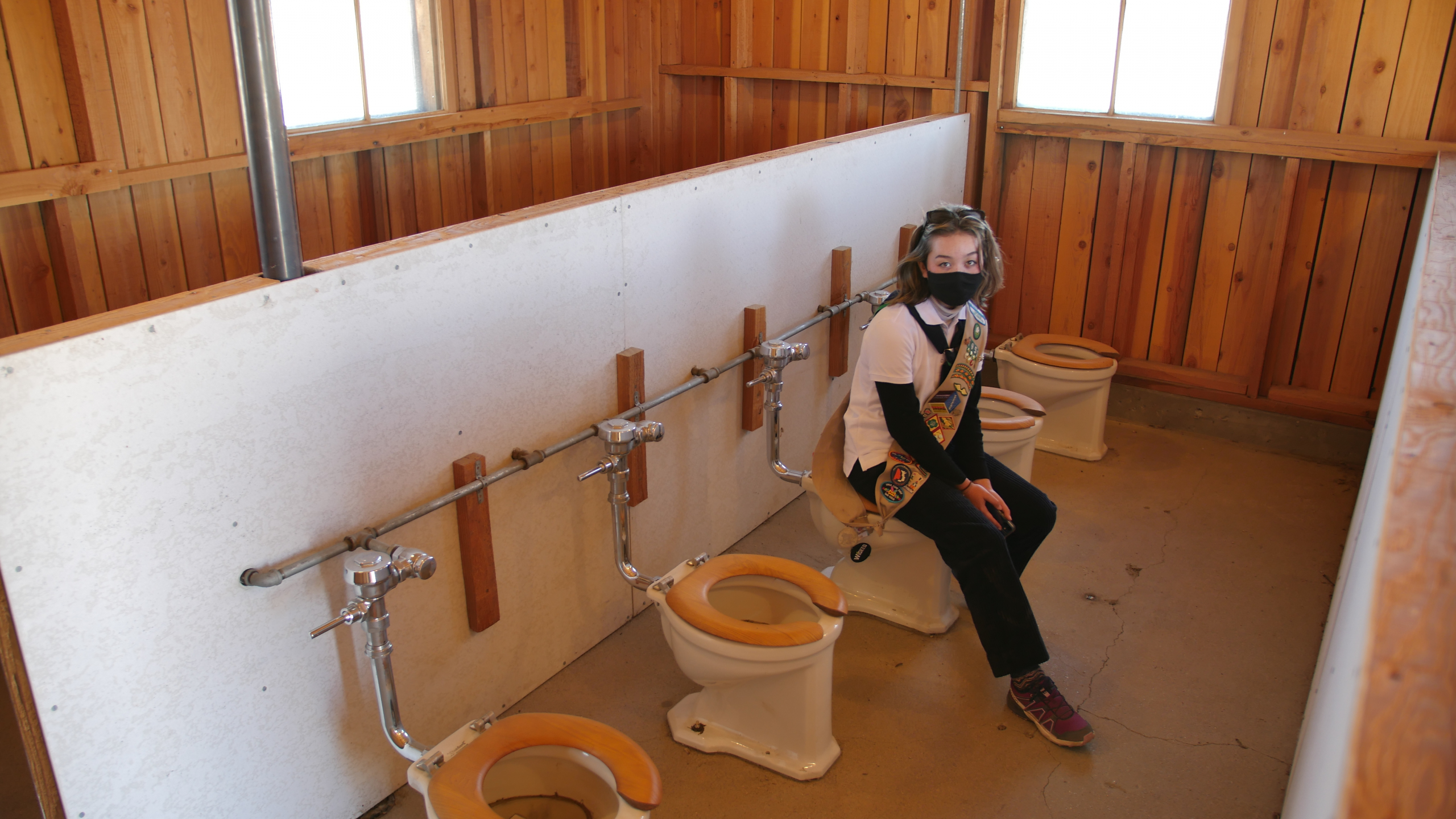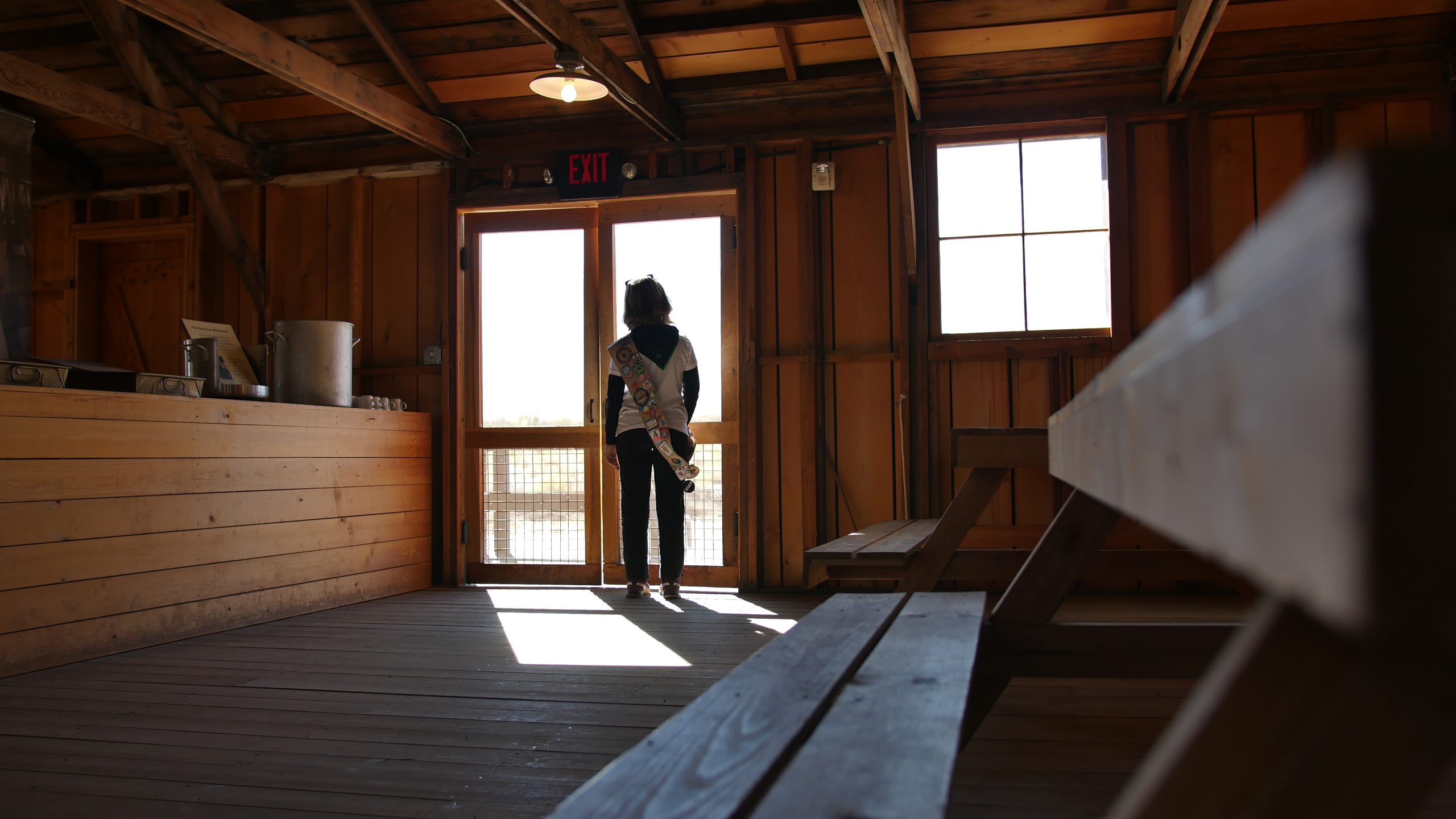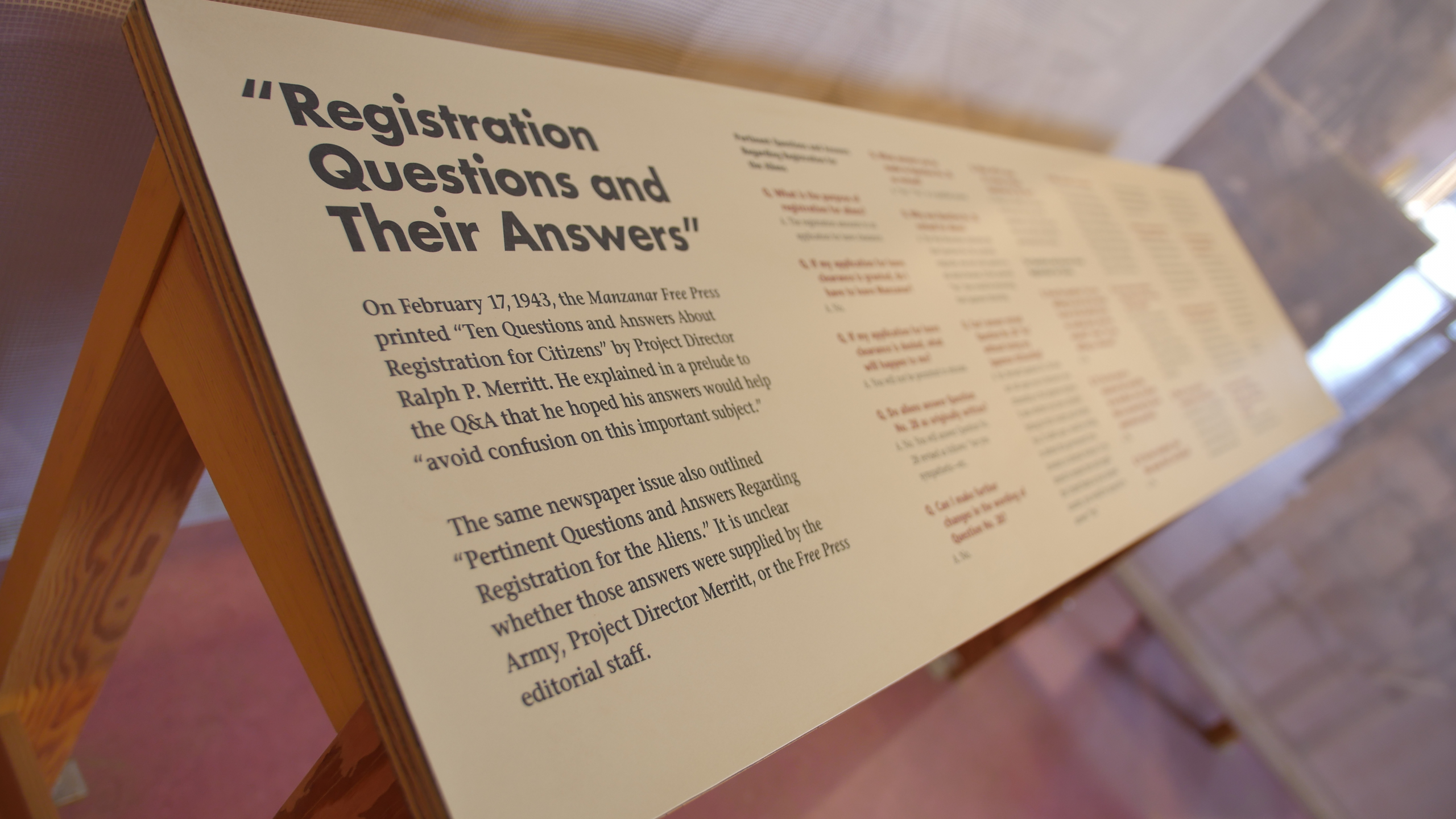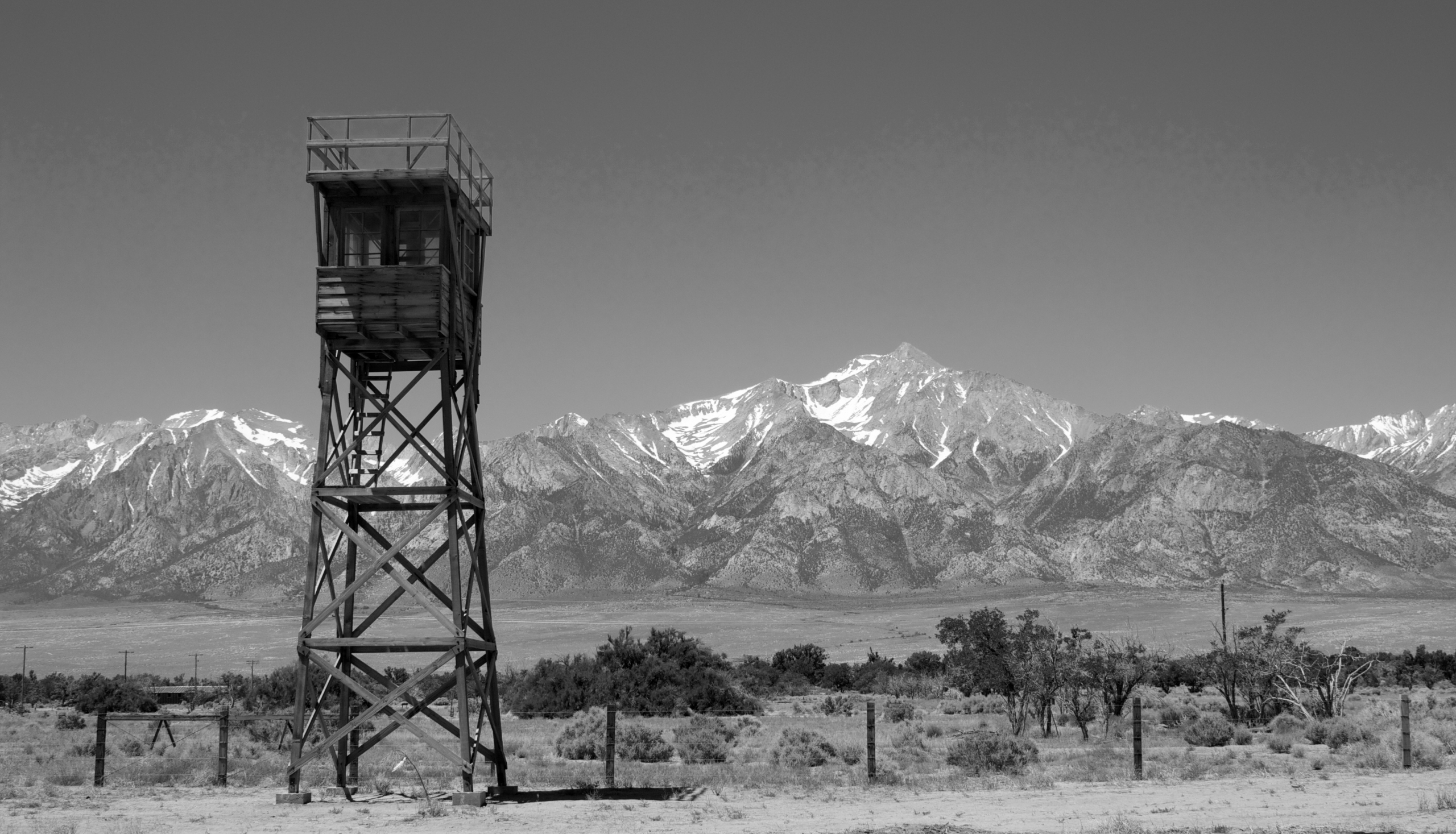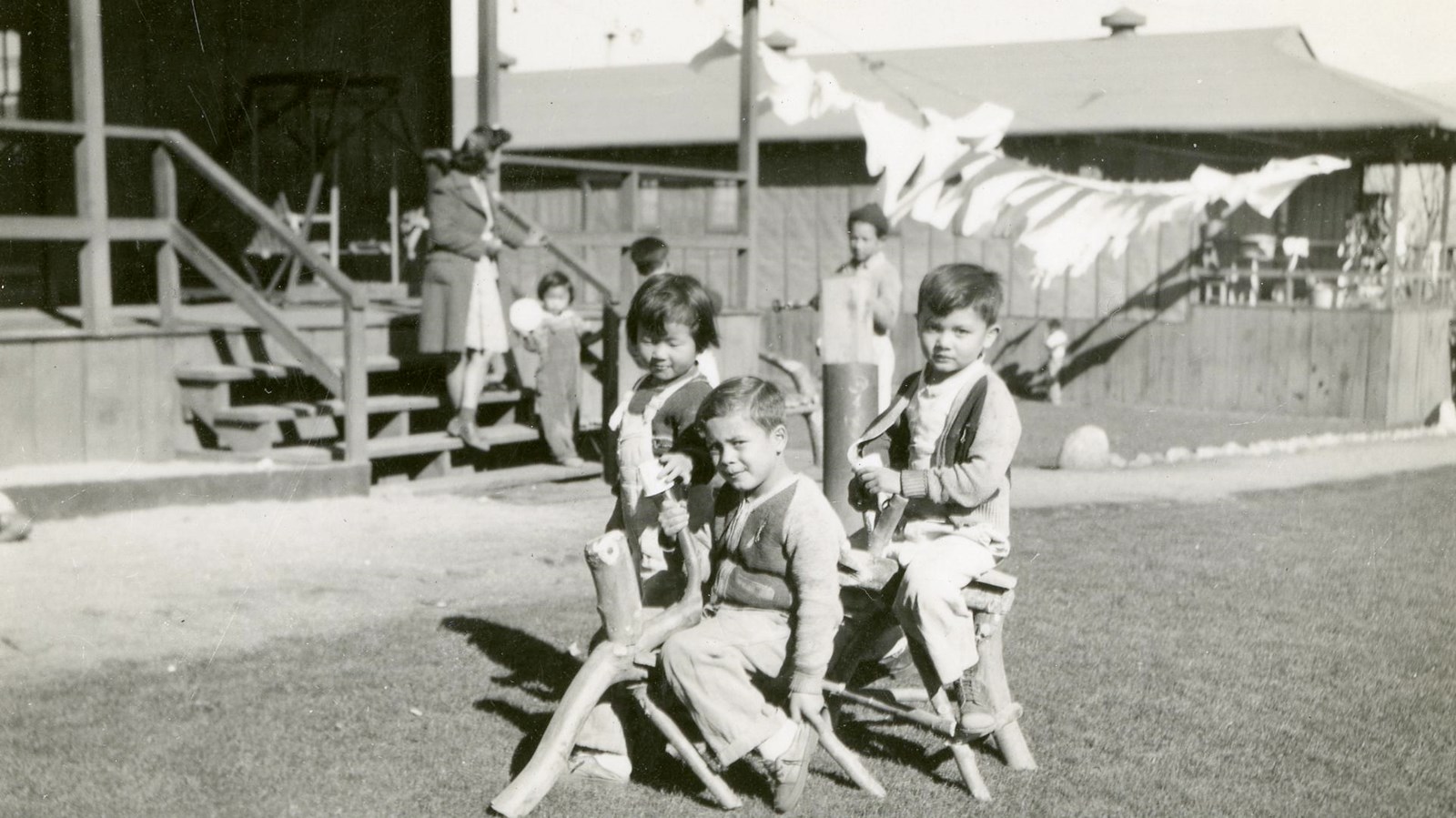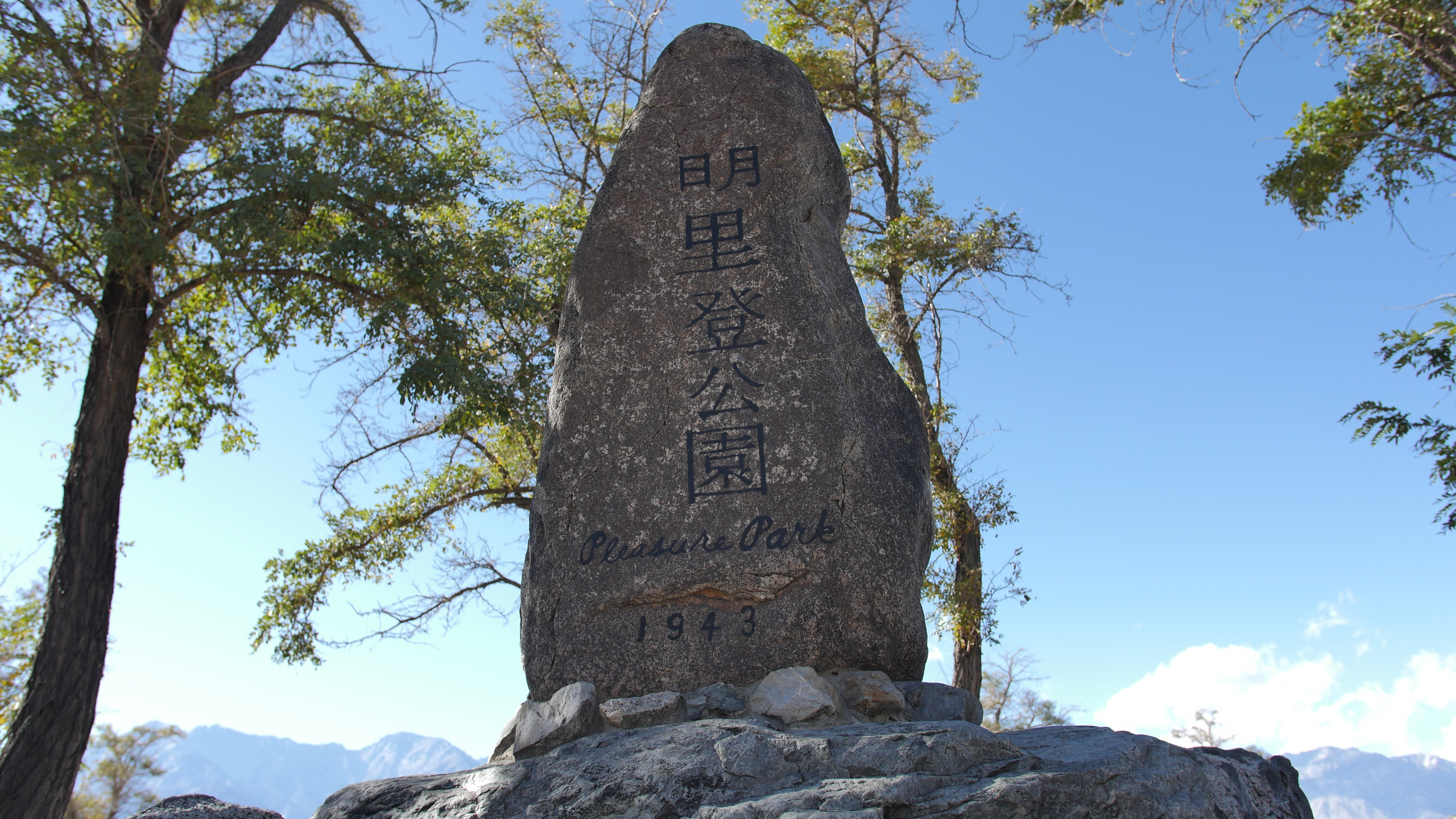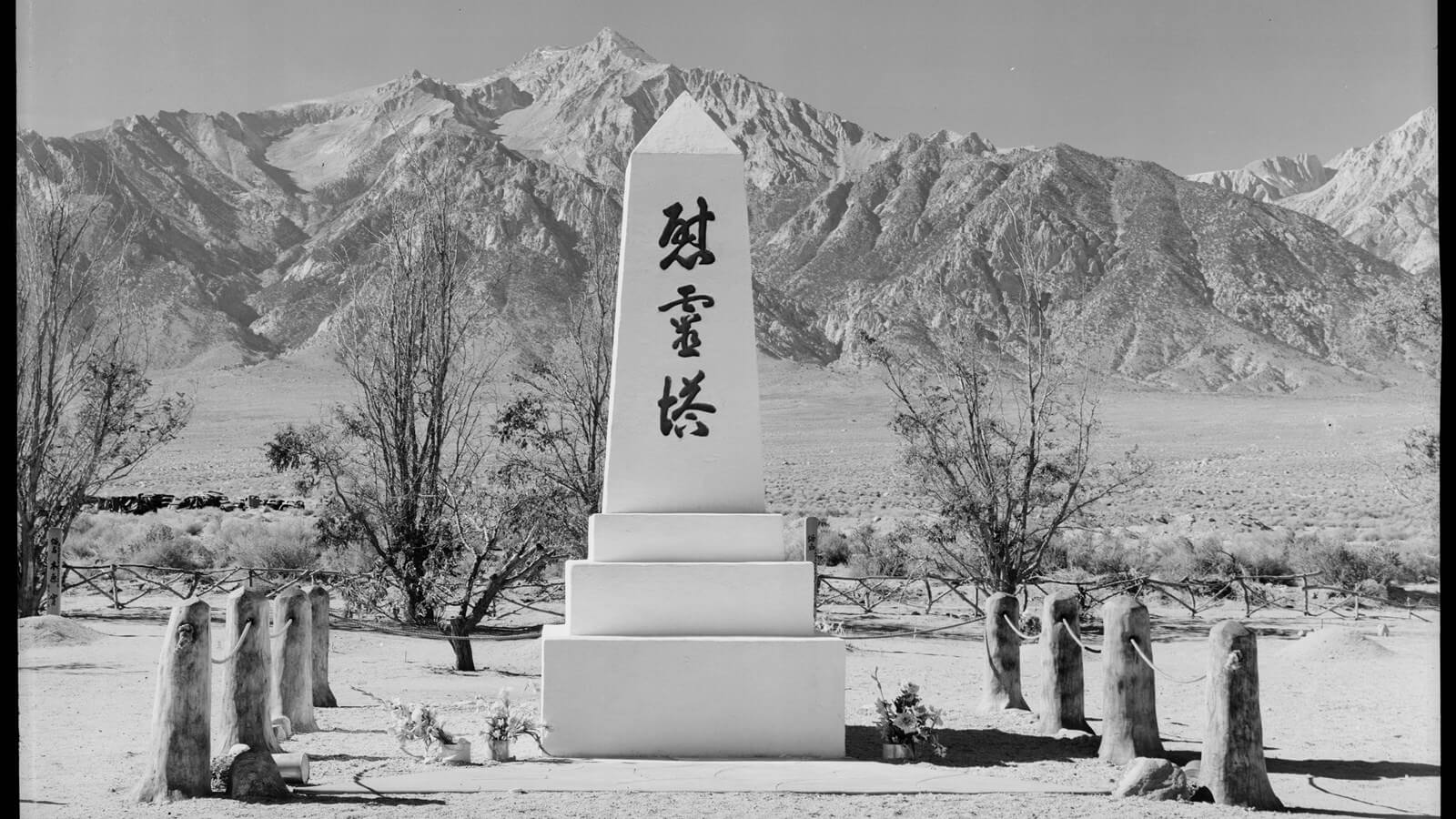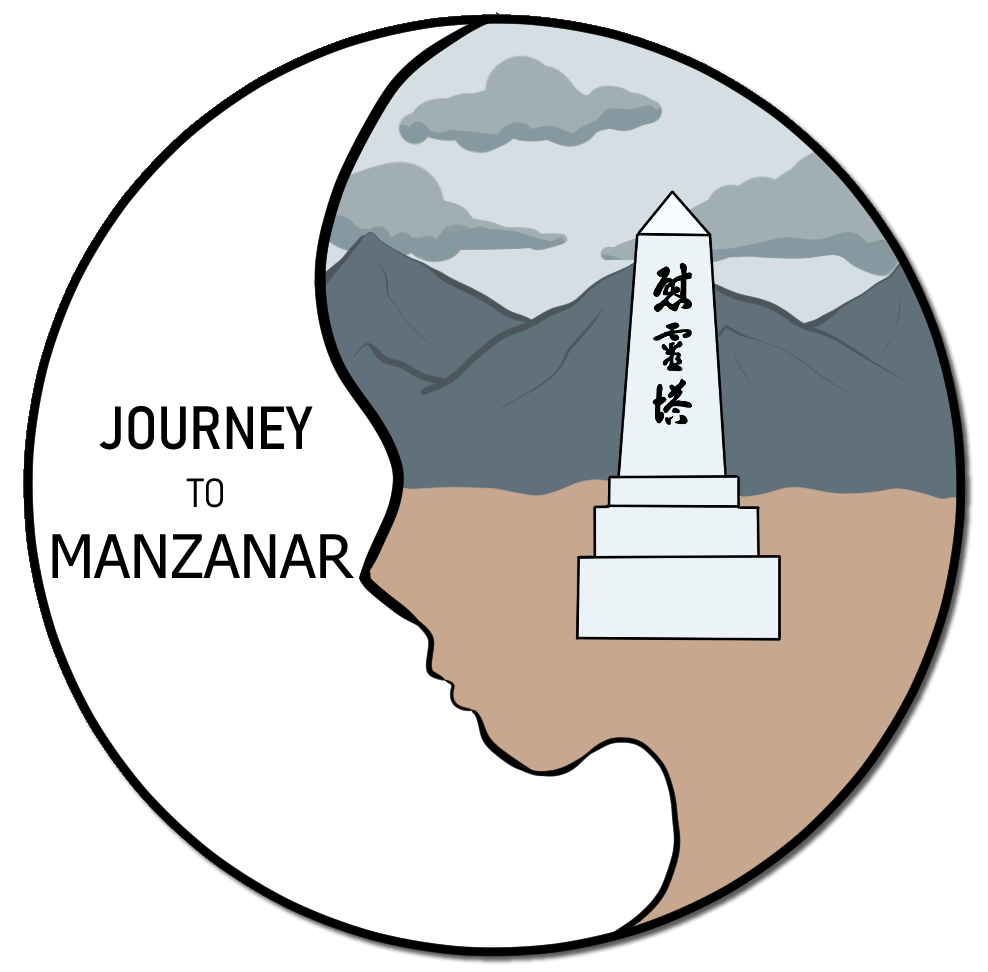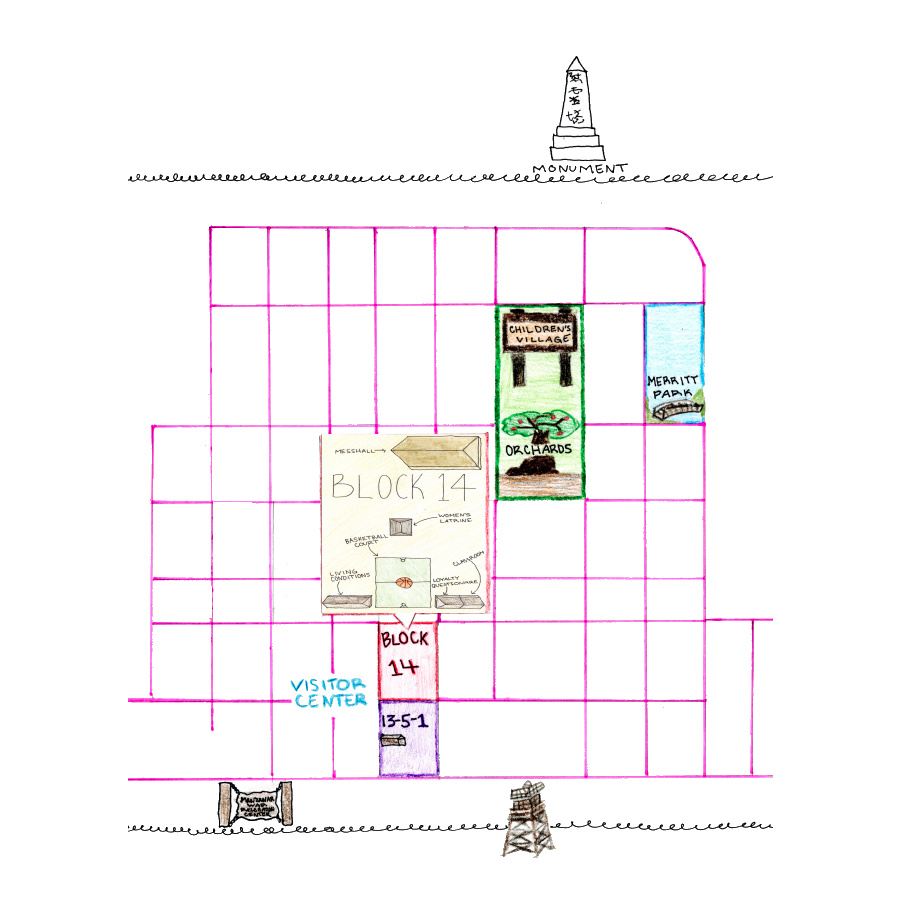❤️ JOURNEY TO MANZANAR
A Virtual Tour of the National Historic Site – by Nell Yukiye Murphy
Hi and welcome to Journey to Manzanar, a virtual tour of the Manzanar National Historic Site. My name is Nell Yukiye Murphy and I created this educational platform so that you could learn a little more about an American concentration camp from World War II. At one time, over eleven thousand Japanese Americans were incarcerated here. Throughout the United States, over 120,000 people of Japanese American ancestry were confined for over 3 years.
Now, why am I doing this? I’m glad you asked. I have been a Girl Scout since kindergarten and created this project to earn my Gold Award, which is the highest award a kid can earn as a member of Girl Scouts. Gold Award projects aim to change our world for the better by identifying a problem, and with partnership from the community, make lasting change. My partners are the National Park Service (NPS preserves the site and its stories. They converted the old camp auditorium into a visitor center, reconstructed a guard tower, 2 barracks a latrine, and restored a World War II mess hall) and the Eastern Sierra Interpretive Association (ESIA), which teaches people about the history, environment, and activities in this historic, beautiful and diverse part of California, creating resources for explorers.
But you should know one thing before you begin the tour and the various activities I have designed: this topic is very important to me and has very big lessons to teach any and all that come to the site. If you can’t come in person to Manazanar and see what I mean, then at least you can take this virtual tour, participate in some activities, and put it on a list of places to go to. It’s not only an amazing and beautiful place, but it is so important. It represents a shameful part of American history as well as a frequently overlooked one.
There is an ongoing lack of education surrounding the topic of what happened to Japanese Americans in the 1940s. I want to teach others about how life was there, why Japanese Americans were forced to go there, and the toll that it took on them. And with the rise in violence against Asian Americans and other people of color in our country, I felt this story was one I was invested in. Some of the lessons that Manzanar teaches us may surprise and inspire you too.
For me it’s personal. My grandfather, my aunt, my uncle, their aunts, uncles and cousins were sent to Manzanar just a few months after the bombing of Pearl Harbor, and they had no choice. If you lived along the west coast in 1942, there was no getting out of being sent to one of these camps. Manzanar was closest to Los Angeles, which is where they lived. It’s where I live today!
You can learn about Manzanar and my grandfather’s story here, and watch some short videos I have made, read a little bit about each exhibit, and why it matters. You can click on the points of interest on the map I drew, and it will take you to a page about that exhibit. Then you can do a brief activity, telling me what you observed. If you participate in 5 activities, my partner ESIA will send you a patch that was designed by one of my fellow Girl Scouts.
What I hope more than anything is that you will not only tell others to take the virtual Journey to Manzanar, but that you will also tell people what you learned, becoming an ambassador to this very important part of our American story.
Welcome.

